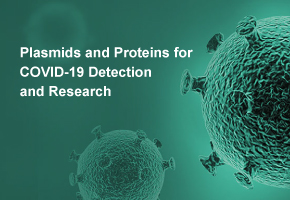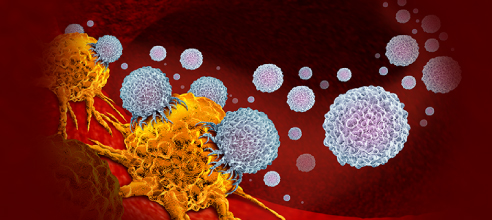Exploring the Benefits and Applications of Virus-Like Particles (VLPs) in Biotechnology
Virus-like particles (VLPs) have emerged as a revolutionary tool in the fields of biotechnology and medicine. These structures mimic the native viruses but lack the viral genome, making them a safe and effective option for various applications, especially in vaccine development and drug delivery. The VLPs service offers a comprehensive approach to harnessing these particles for research and therapeutic purposes.
What Are Virus-Like Particles?
Virus-like particles are nano-sized structures that resemble viruses but do not have the ability to replicate or cause disease. Typically, they are composed of viral proteins that assemble naturally into a particle resembling the virus. This unique characteristic allows VLPs to function in various capacities, such as mimicking the immune response triggered by actual viruses.
Key Applications of VLPs
VLPs serve multiple purposes across different sectors of biotechnology. One of the most prominent applications is in vaccine development. Due to their ability to evoke strong immune responses without the risk of infection, VLPs are used in the creation of vaccines for diseases such as human papillomavirus (HPV) and hepatitis B.
In addition, VLPs can serve as carriers for therapeutic molecules, enabling targeted delivery in the body. This property enhances the efficacy of treatments while minimizing side effects, making VLPs a promising tool in personalized medicine.
Advantages of Using VLPs
The use of virus-like particles comes with numerous benefits. One significant advantage is their safety profile, as they do not contain genetic material from the virus, eliminating the risk of actual infection. Moreover, VLPs can be engineered to incorporate various antigens, allowing for versatile applications in vaccine design.
Another benefit is their robust immune response capability. VLPs can stimulate both humoral and cellular immunity, making them effective in inducing a comprehensive immune reaction. This characteristic is particularly advantageous when developing vaccines aimed at eliciting long-lasting protection.
The VLPs Service: What to Expect
Engaging with a VLPs service means accessing a range of expertise designed to facilitate the development and production of virus-like particles. These services often include:
Customization: Tailoring VLPs to meet specific research or therapeutic needs. This includes the selection of appropriate viral proteins and modifications to enhance stability and immunogenicity.
Production: Utilizing advanced techniques for the efficient production of high-purity VLPs. This may involve fermentation processes, purification strategies, and quality control measures to ensure the integrity of the final product.
Characterization: Providing thorough analyses of the VLPs to assess their structural and functional properties. This step is crucial for validating their suitability for intended applications.
Support: Offering expert guidance in research design, regulatory compliance, and clinical trials to help clients navigate the complexities of VLPs development.
As research continues to advance, the potential applications of virus-like particles are likely to expand further. Innovations in genetic engineering and protein production are paving the way for more effective VLP designs, enhancing their effectiveness in vaccine development and beyond.
By leveraging the unique properties of VLPs, researchers and developers can create safer, more effective vaccines and therapies. This not only holds promise for combating infectious diseases but also for addressing emerging health challenges around the globe.
In conclusion, the VLPs service stands at the forefront of biotechnology, providing crucial tools and expertise in the harnessing of virus-like particles. With their versatility, safety, and ability to stimulate immune responses, VLPs are set to play a vital role in the future of medical science and therapeutic development.
- Like
- Reply
-
Share
Reply
About Us · User Accounts and Benefits · Privacy Policy · Management Center · FAQs
© 2025 MolecularCloud



